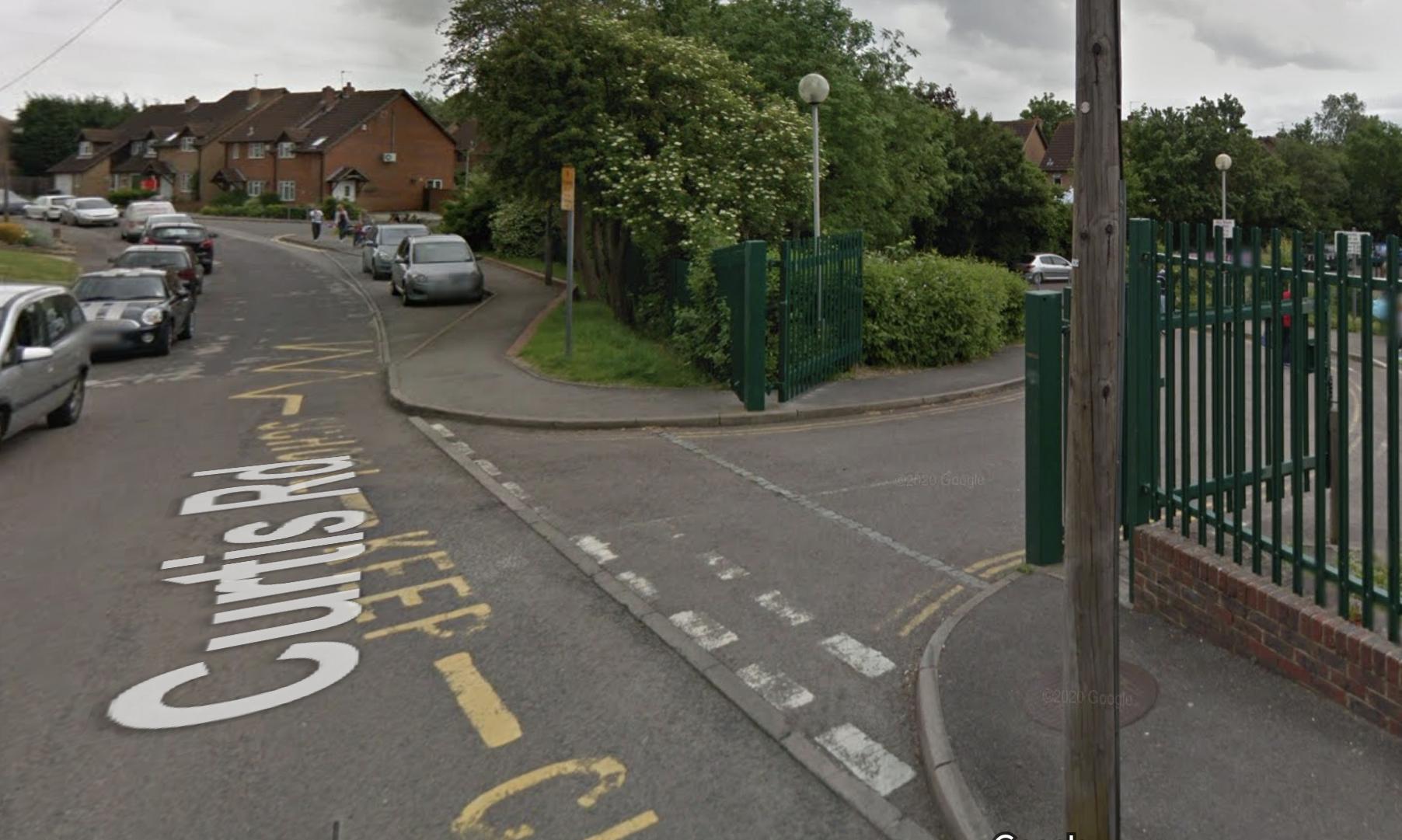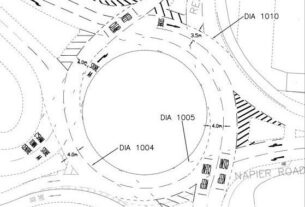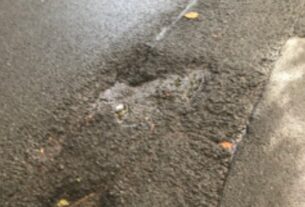
Anyone who has a child in school will have suffered the misery of traffic outside the school gates.
In fact, the school run accounts for an extra 25% of motorised traffic at specific times of day, usually between 8-9am and 3-4pm.
The environment outside school gates becomes congested with cars, making it quite hazardous for all concerned, especially pedestrians and cyclists.
Added to this, the area becomes more dangerous with idling cars blocking the way, illegal parking (especially across people’s driveways), cars turning to return the way they came in, near misses and accidents to children darting between cars to get to school.
The School Street Initiative’s website states in 2018, 14% of fatal accidents involving children occurred during the morning school run (7-9am), and 23% returning from school between 3-5pm.
School Streets was set up to tackle this problem, which also included local air pollution as well as the road rage and similar threats. Its aim is to create safer, healthier and more pleasant environments for families going to and returning from schools.
This involves restricting cars at certain times of the day on particular roads leading up to the school gates.
As well as addressing road dangers for families getting to and from school, principally by encouraging more walking or cycling, School Streets also focus on tackling air pollution and better mental and physical health.
They empower local communities in close proximity to a school with traffic problems to apply for temporary restriction to motorised traffic on particular roads. Times vary, but this is usually between 8.20am to 9.05am, and 2.35pm to 3.30pm, and only applies within term time.
Residents in the area are able to apply for exemption passes and access permits during those times, which also includes school staff.
This also means people will be able to get to work more easily without having to juggle around parents in cars stopping unexpectedly to let their children out, parking with no consideration for others, and in some cases abandoning their cars in inappropriate places.
The idea is to encourage families who live locally to walk or cycle to school, particularly those who live within a mile of the school.
Calcot Schools have a lot of families who live very close to the school gates, and many are put off because of the dangers to pedestrians and having nowhere suitable to park.
The governors at Calcot Schools were insistent in having special parking hubs for parents who have to come by car. These areas would be associated with Walking Buses to guide children to school safely in supervised groups.
Part of the incentive for the school to accept School Streets closure outside their gates was to help promote more cycling. The initiative is very keen to make cycling more accessible to children and provided a cycle shelter and scooter park to the school, as well as BikeAbility lessons for Years 5 and 6.
The process involved a consultation of parents and the local community, acting as an awareness strategy as well as getting feedback about the proposed scheme.
This venture will succeed if everybody within the vicinity is allowed to become involved, residents feel respected, and families are better educated about the health benefits of walking and cycling to school instead of driving.
The scheme is also keen to promote more off-road walking routes, all-weather cycle tracks and improved off-road cycle routes within the area. This also includes addressing parking issues, particularly within narrow and unsuitable roads, without inconveniencing those who live there.
The launch for School Streets for the Calcot Schools will happen in Linear Park on Saturday 10 July, 10am to 3pm.
In attendance will be Dr Bike educating about bike maintenance, BikeAbility training examples, bike loan scheme information, Thames Valley Police talking about close pass and the need for cycle helmets, and a community cycle club for Year 6 children upwards to teach about safety, general repairs, bike upcycling and generating more confidence in cycling to school.
West Berks Council is also talking about more Walking Buses to school, park and stride areas for people travelling into the area, and the West Berks Free Wheelers are arranging free family cycling events during the summer.
Alice Elliott
Newsletter Editor


